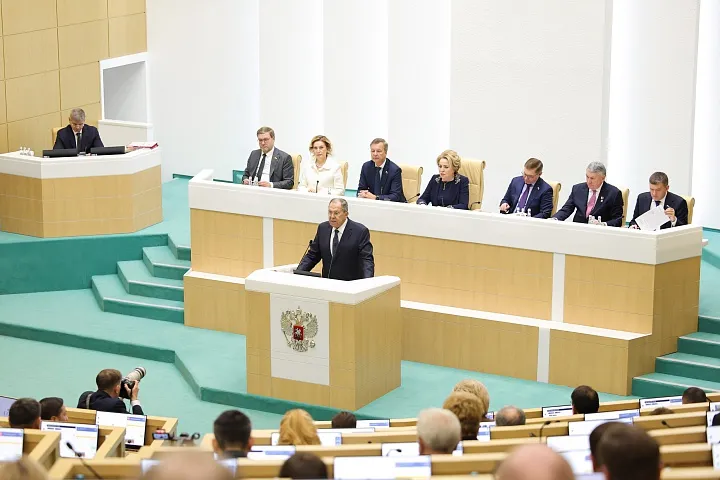The U.S. Embassy in Georgetown, Guyana announced Dec. 7 that the U.S. Southern Command was conducting a military exercise with the Guyanese military that day, “to enhance the security partnership the United States and Guyana.” The Embassy named ongoing joint operations on “aerial and maritime security” and developing “regional cooperation and interoperability” as key aspects of the U.S.’s “commitment as Guyana’s trusted security partner.”
The same day the U.S. moved militarily to escalate the crisis between Guyana and Venezuela over the disputed Esequibo region, Brazilian President Luiz Inácio Lula da Silva stepped in, reviving the kind of regional diplomacy which Lyndon LaRouche dubbed “the Club of the Presidents”: when conflicts develop in Ibero-America, the Presidents of the region, whatever their ideologies, would work on finding a way to resolve them to everyone’s satisfaction. Lula put the Guyana-Venezuela dispute as the first item on the agenda of the Dec. 7 Summit of the Mercosur countries (Argentina, Brazil, Paraguay, Uruguay, and the new member, Bolivia), insisting in his speech opening the summit that the “one thing that we do not want here in South America is war. We do not need war.… We want to build peace,” because that is the only way to develop our countries.
A statement was issued at the end of the summit, reminding that dialogue is the time-honored means to de-escalate conflicts, and that is needed now. The statement was based on one drafted earlier by the Foreign and Defense Ministers of South America when they met Nov. 22, and so it was signed by all the Presidents of South American countries minus the two contending parties (Venezuela and Guyana), and Surinam. Chile, Colombia, Ecuador and Peru joined the Mercosur member states in signing.


